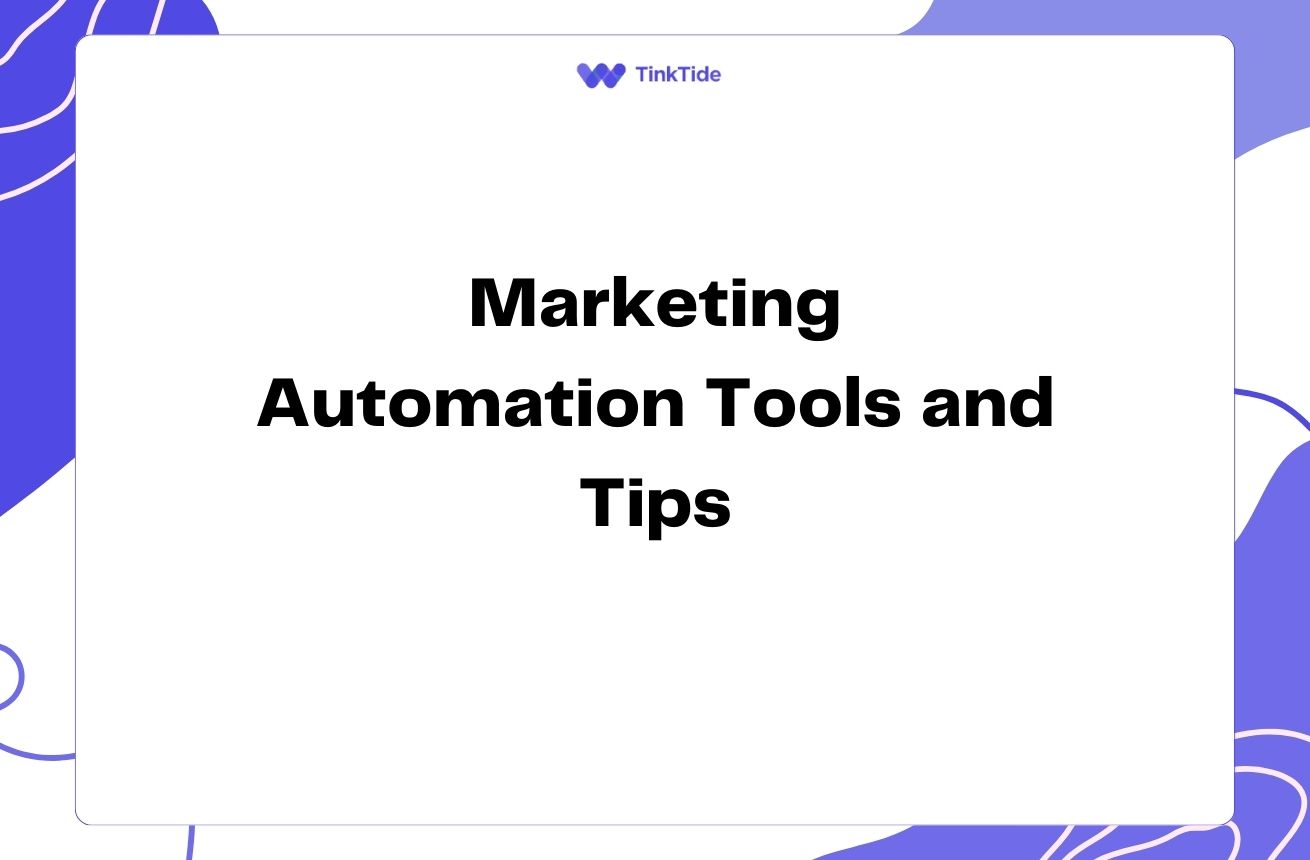Effective Methods to Track and Measure Marketing ROI
Understanding Marketing ROI
Marketing ROI (Return on Investment) is a crucial metric that helps businesses evaluate the effectiveness of their marketing efforts. It measures the revenue generated from marketing activities relative to the cost of those activities. By tracking and measuring marketing ROI, you can make informed decisions about resource allocation and optimize your marketing strategies.
To calculate marketing ROI, use the formula: ROI = (Revenue - Marketing Cost) / Marketing Cost. This gives you a percentage that represents the return on your marketing investment. For example, if you spent $1,000 on a campaign that generated $5,000 in revenue, your ROI would be 400%.
While the concept seems straightforward, accurately tracking and measuring marketing ROI can be challenging due to the complexity of marketing channels and the difficulty in attributing revenue to specific activities. However, with the right methods and tools, you can gain valuable insights into your marketing performance.
Key Metrics for Tracking Marketing ROI
To effectively measure marketing ROI, you need to track various metrics that provide a comprehensive view of your marketing performance. Here are some essential metrics to consider:
- Customer Acquisition Cost (CAC): The total cost of acquiring a new customer
- Lifetime Value (LTV): The predicted revenue a customer will generate over their entire relationship with your business
- Conversion Rate: The percentage of leads or website visitors who take a desired action
- Click-Through Rate (CTR): The percentage of people who click on a specific link or call-to-action
- Cost Per Lead (CPL): The amount spent to generate a single lead
- Return on Ad Spend (ROAS): The revenue generated for every dollar spent on advertising
Implementing Tracking Systems
To accurately measure marketing ROI, you need robust tracking systems in place. Start by implementing Google Analytics on your website to track user behavior, traffic sources, and conversions. Set up goal tracking to measure specific actions that contribute to your ROI, such as form submissions or product purchases.
Use UTM parameters in your campaign URLs to track the performance of different marketing channels and campaigns. This allows you to attribute conversions and revenue to specific marketing efforts. Tools like HubSpot or Salesforce can help you track leads through your sales funnel and attribute revenue to marketing activities.
For paid advertising, platforms like Google Ads and Facebook Ads provide built-in tracking and reporting features. Integrate these with your analytics and CRM systems for a holistic view of your marketing performance.
Attribution Models for Accurate ROI Measurement
Choosing the right attribution model is crucial for accurately measuring marketing ROI. Different models assign credit for conversions in various ways:
- Last-click attribution: Gives full credit to the last touchpoint before conversion
- First-click attribution: Assigns all credit to the first interaction
- Linear attribution: Distributes credit equally across all touchpoints
- Time decay: Gives more credit to touchpoints closer to the conversion
- Position-based: Assigns 40% credit to first and last touchpoints, with 20% distributed among the middle touchpoints
Consider using a multi-touch attribution model that accounts for the entire customer journey. This provides a more accurate picture of how different marketing channels contribute to conversions and revenue.
Analyzing and Interpreting ROI Data
Once you've collected ROI data, it's essential to analyze and interpret it effectively. Use data visualization tools like Tableau or Power BI to create dashboards that display your key metrics and ROI calculations. This makes it easier to identify trends and patterns in your marketing performance.
Compare ROI across different marketing channels, campaigns, and time periods to identify your most effective strategies. Look for correlations between marketing activities and business outcomes to understand which efforts are driving the highest returns.
Don't forget to consider external factors that may impact your ROI, such as seasonal trends, competitor activities, or changes in the market. This context is crucial for accurate interpretation of your ROI data.
Continuous Improvement Process
Tracking and measuring marketing ROI is an ongoing process. Use the insights gained from your ROI analysis to continuously improve your marketing strategies:
- Identify high-performing channels and campaigns, and allocate more resources to them
- Optimize underperforming activities or consider discontinuing them
- Test new marketing tactics and compare their ROI to existing strategies
- Refine your target audience based on ROI data to focus on the most profitable customer segments
- Adjust your attribution model as needed to ensure accurate ROI measurement
Address common questions
Here are some frequently asked questions about tracking and measuring marketing ROI:
How often should I measure marketing ROI?
It's best to measure marketing ROI regularly, such as monthly or quarterly. This allows you to track trends over time and make timely adjustments to your strategies. However, the frequency may vary depending on your business cycle and the nature of your marketing campaigns.
What's a good marketing ROI?
A good marketing ROI varies by industry and business model. Generally, a positive ROI (above 0%) indicates that your marketing efforts are profitable. Many businesses aim for an ROI of 5:1 (500%) or higher, but even a lower ROI can be acceptable if it aligns with your overall business goals and growth strategy.
How can I improve my marketing ROI?
To improve your marketing ROI, focus on optimizing your marketing mix, refining your target audience, improving your conversion rates, and reducing costs where possible. Continuously test and iterate your marketing strategies, and invest more in channels and campaigns that show the highest returns.
What if I can't directly attribute revenue to marketing activities?
In cases where direct revenue attribution is challenging, focus on tracking leading indicators such as engagement metrics, lead quality, and brand awareness. You can also use surveys or customer interviews to understand how marketing influences purchasing decisions. Consider implementing a customer data platform to better connect marketing activities with customer behavior and purchases.
How do I account for long sales cycles when measuring marketing ROI?
For businesses with long sales cycles, it's important to track both short-term and long-term metrics. Use a combination of leading indicators (e.g., qualified leads generated) and lagging indicators (e.g., closed deals) to assess marketing performance. Implement a robust CRM system to track leads through the entire sales cycle, and consider using a time-decay attribution model to account for the impact of marketing activities over time.
Provide additional resources
Google Analytics Academy
Free courses to master Google Analytics and improve your ROI tracking
HubSpot's ROI Calculator
A tool to help you calculate and project your marketing ROI
Marketing Evolution's Guide to Marketing Attribution
In-depth resource on different attribution models and their applications
Salesforce's Marketing ROI Handbook
Comprehensive guide to understanding and improving marketing ROI
Ahrefs' Guide to Marketing ROI
Practical tips and strategies for measuring and optimizing marketing ROI
Summarize key takeaways
Tracking and measuring marketing ROI is essential for optimizing your marketing strategies and ensuring efficient use of resources. By implementing robust tracking systems, choosing appropriate attribution models, and regularly analyzing your data, you can gain valuable insights into your marketing performance.
Remember that ROI measurement is an ongoing process that requires continuous refinement and adaptation. As you become more proficient in tracking and measuring your marketing ROI, you'll be better equipped to make data-driven decisions that drive business growth.
Start implementing these methods today to improve your marketing ROI tracking and take your marketing effectiveness to the next level. With a clear understanding of your ROI, you can confidently invest in the marketing activities that deliver the best results for your business.
Optimize Your Marketing ROI with Tinktide
Take control of your marketing performance and maximize your ROI with our powerful analytics and tracking tools.
Start Your Free Trial

